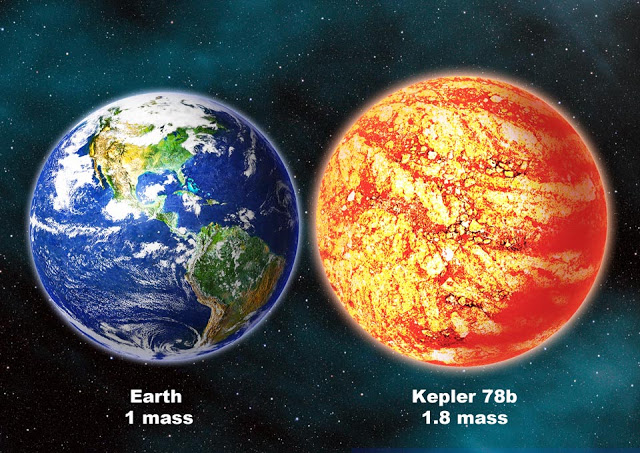

| Online: | |
| Visits: | |
| Stories: |

| Story Views | |
| Now: | |
| Last Hour: | |
| Last 24 Hours: | |
| Total: | |
Mapping the Skies for Earth-like Exoplanets
Very few other planets have ever been discovered which satisfy these ‘habitability’ criteria. Nonetheless scientists, such as those involved in the EU-funded ETAEARTH project, are beginning to find potential candidates. For example Kepler-78b, an Earth-sized planet with a composition remarkably similar to our planet, was recently found some 400 light years away. This search could ultimately hold the answer as to whether or not we are alone in the universe.

The four-year ETAEARTH project, due for completion at the end of 2017, aims to provide for the first time an accurate picture of just how common earth-like planets are in our galaxy. This is being achieved by combining data from NASA’s Kepler space observatory with readings from a new ESA spectrograph called HARPS-N, which can detect tiny velocity signals from planets as small as Earth. The results are being analysed by a team of experts from Italy, the UK, Switzerland and the US.
This combination of Kepler and HARPS-N data has enabled scientists to learn much more about such planets. We know for example that Kepler-78b orbits a bright star approximately 400 light years away, after it was first spotted by the Kepler Space Telescope in 2013. But what is remarkable is that ETAEARTH scientists have since been able to determine the radius of this so-called exoplanet by the amount of starlight blocked as it passes in front of its host star. They have also been able to work out the planet’s mass by calculating how much gravitational pull makes Kepler-78 wobble.
Of course, Kepler-78b is just one of a large number of exoplanets to have been found. The ETAEARTH project hopes to obtain statistical information that will help astronomers understand the broad trends of exoplanet distribution in the habitable zone of their stars. In addition, the project hopes to provide scientists with a clearer understanding of what conditions on these planets are actually like.
For example, the project has been able – for the very first time – to observe weather on an exoplanet. The cloudy atmosphere of HAT-P-7b, a gas giant about 16 times larger than Earth and more than 1 000 light-years away, reflects light as it orbits around its star. By observing how this light changes, a complex picture of the planet’s cloud patterns has been built up over the past four years, giving the most detailed determination yet of weather on an exoplanet.
With another 12 months to go the ETAEARTH project is sure to bring up more intergalactic surprises, and edge us closer to knowing whether we are in fact alone.
For further information please visit: ETAEARTH project website
Source:


